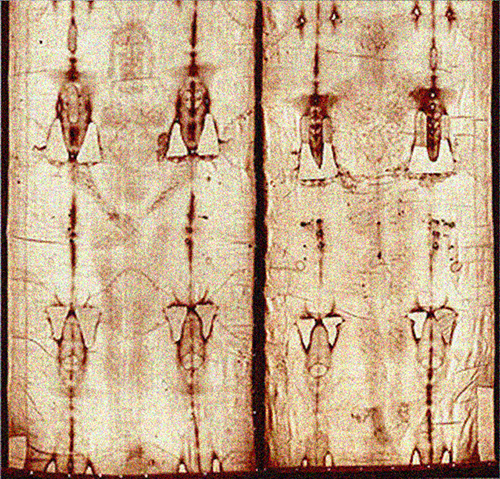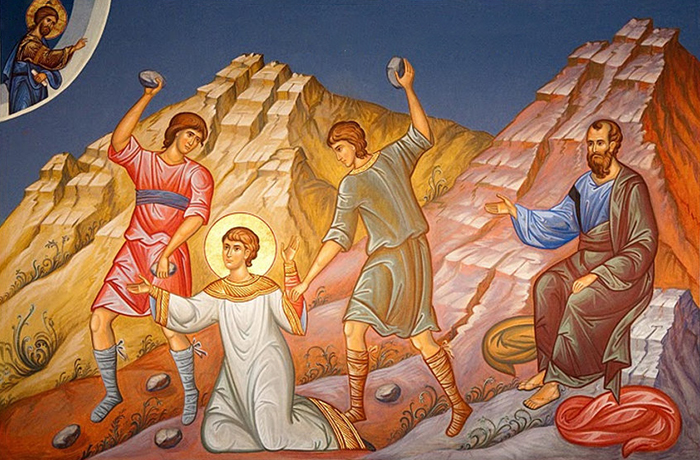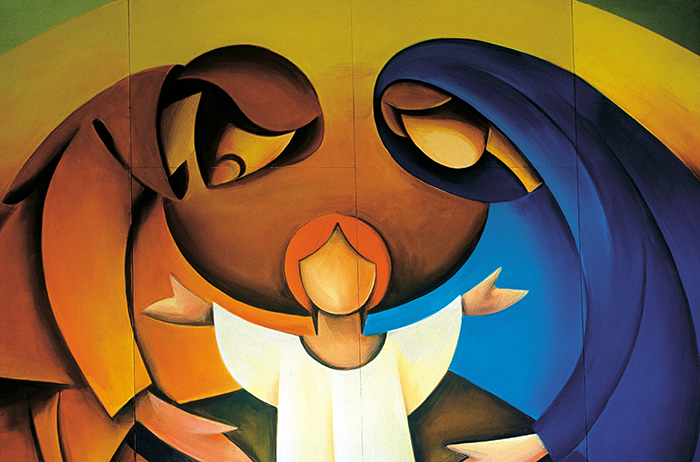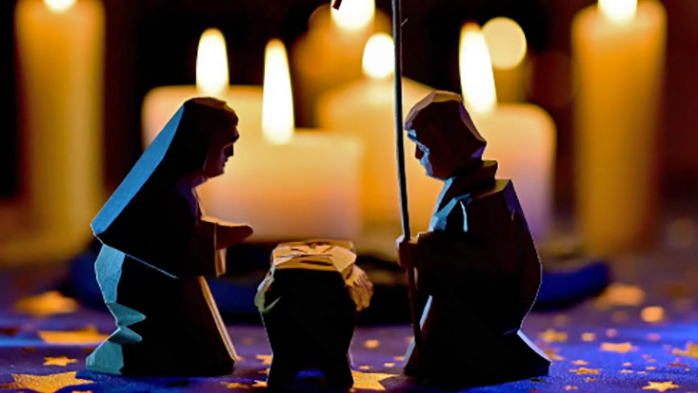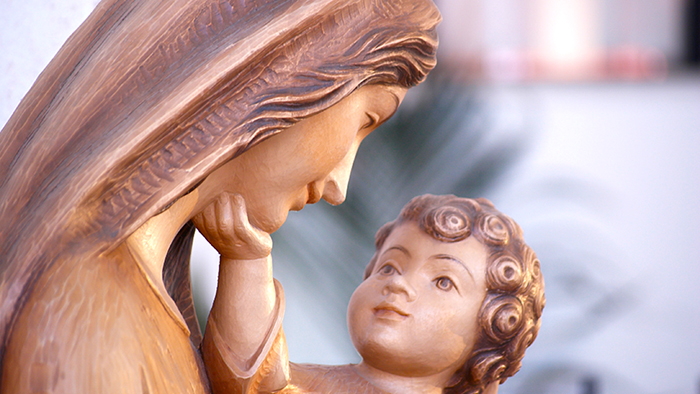
Jesus’ nature as both equally human and divine is something we may take for granted today. But back in the early days of the church, this dogma of our faith was hotly debated. In 431 A.D., during the Council of Ephesus, the title of “Mary Mother of God,” in Greek “Theotokos,” was defended and defined against the heresy of Nestorius. Nestorius, Bishop of Constantinople, refuted the title of “Theotokos,” claiming that Christ had two loosely united natures, and therefore, Mary was only the mother of the human part of Him. Catholic theologians rejected this claim and defined Christ as having two natures, a divine nature, and a human nature, united in one divine person. Since Christ’s two natures form one single person, Mary is the mother of the whole Person of Christ. Therefore, Mary can be properly called “Mother of God,” not in the sense that she came before God or is the source of God, but in the sense that the person that she bore in her womb is indeed a true God and true man. The Solemnity of Mary Mother of God falls exactly one week after Christmas, the end of the octave of Christmas. It is fitting to honor Mary as Mother of Jesus, following the birth of Christ. When Catholics celebrate the Solemnity of Mary Mother of God we are not only honoring Mary, who was chosen among all women throughout history to bear God incarnate, but we are also honoring our Lord, who is fully God and fully human. Calling Mary “mother of God” is the highest honor we can give Mary. Just as Christmas honors Jesus as the “Prince of Peace,” the Solemnity of Mary Mother of God honors Mary as the “Queen of Peace.”





